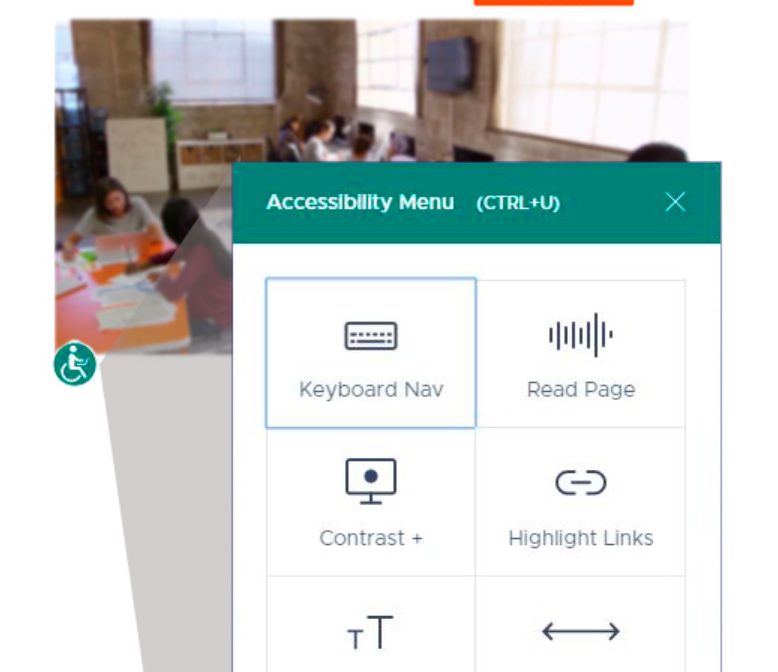Engaging with your target audience is essential for building lasting customer relationships and driving business growth. In today’s competitive market, it’s not enough to just sell a product or service—you need to actively connect with your audience and foster meaningful interactions. Here are some effective strategies to engage with your target audience and keep them coming back.
Continue reading "How To Engage With Your Target Audience | Prescott, AZ"Author: admin
Slow Loading Time Impacts Website Performance | Prescott, AZ
Believe it or not, website loading speed is crucial to the success of your online presence. A slow-loading website can negatively affect user experience, search engine rankings, and conversion rates. Here’s why speed matters and how it impacts overall website performance.
Continue reading "Slow Loading Time Impacts Website Performance | Prescott, AZ"Common Marketing Misconceptions | Prescott, AZ
Marketing is an essential tool for growing any business, but it's also a field filled with misconceptions. Understanding the realities of marketing can help businesses avoid common pitfalls and make smarter decisions when crafting their strategies. Here are some of the most common marketing misconceptions.
Continue reading "Common Marketing Misconceptions | Prescott, AZ"The Importance of a Cohesive Brand Presence | Prescott, AZ
Your brand is not just your logo or tagline; it’s the overall perception customers have of your business. A consistent brand presence helps build trust, fosters recognition, and creates lasting customer relationships.
Continue reading "The Importance of a Cohesive Brand Presence | Prescott, AZ"Understanding Common Website Design Terms | Prescott, AZ
Whether you're working with a web designer or building your own site, it’s helpful to understand key website design terms. Here's a quick guide to some of the most common terms you'll come across.
Continue reading "Understanding Common Website Design Terms | Prescott, AZ"ADA-Compliant Websites: Accessibility Matters | Prescott, AZ
Having an ADA-compliant website means that its elements are designed to accommodate individuals with disabilities, providing them equal access to online information and services.
Continue reading "ADA-Compliant Websites: Accessibility Matters | Prescott, AZ"The Do’s and Dont’s of Effective Web Design | Prescott, AZ
Creating an effective website involves more than just a visually appealing design. It requires a strategic approach to ensure that your site is user-friendly, engaging, and aligned with your business goals. Understanding the dos and don’ts of web design can make a significant difference in the success of your online presence.
Continue reading "The Do’s and Dont’s of Effective Web Design | Prescott, AZ"Subtle Details Make Your Website Stand Out | Prescott, AZ
In the crowded digital landscape, standing out can seem like a daunting task. While bold design elements and flashy graphics can grab attention, it’s often the subtle details that truly set your website apart. Small nuances, like carefully chosen fonts, strategic color schemes, and thoughtful layout choices, can significantly enhance your site's appeal and functionality.
Continue reading "Subtle Details Make Your Website Stand Out | Prescott, AZ"Email Marketing for Your Business | Prescott, AZ
Email marketing remains one of the most powerful tools for business growth. Despite the rise of social media and other communication channels, email marketing stands out for its effectiveness and direct engagement with your audience. Here’s why email marketing is crucial for your business:
Continue reading "Email Marketing for Your Business | Prescott, AZ"SSL Certificates for Your Website Security | Prescott, AZ
In the ongoing effort to make the Internet a safer place, browsers are increasingly emphasizing the need for secure connections. The mantra “HTTPS Everywhere” reflects this push toward widespread implementation of HTTPS, which is powered by SSL certificates. Here’s why SSL certificates are crucial for your website security and how they benefit your online presence.
Continue reading "SSL Certificates for Your Website Security | Prescott, AZ"









